Caution
High Hazard
Extreme
Active/Upcoming Event
Makapuu Beach Park
Water Temperature
...
Wave Height
...
Wind
...
Makapu’u Beach Park is semi-circled by sheer black cliffs and can barely be seen from the highway that hugs the cliff edge. The whole area surrounding Makapu’u Point is picturesque and powerful, and there is a lot to see in a small locality. Makapu’u Point is the stunning headland that towers over the azure blue bay and is a remnant of a volcanic ridge that rises 647 feet from the sea. The name Makapu’u is said to mean ‘bulging eye’ in the Hawaiian language. According to Hawaiian legend, Makapu’u was a Tahitian god that had eight bright eyes and lived in a cave in the area. Interestingly, there exists a modern kind ‘bright eye’ at Makapu’u now - the cliff here forms the eastern tip of the island and is the site of a prominent lighthouse.
Makapu’u Beach Park is a popular place for bodyboarders and surfers alike, with rip currents and a powerful shore break. The jagged black lava rock tide pools closer to the Heiau can be calmer in summer, but winter surf can erode the beach and expose large boulders in the shore break. Dozens of surfers brave the huge, sapphire blue waves daily. Swimming at Makapu’u Beach is not recommended unless you are a seriously strong swimmer or surfer and are prepared to fight some strong waves to get outside of the break.
amenities

Metered Parking

Picnic

Restrooms

Showers
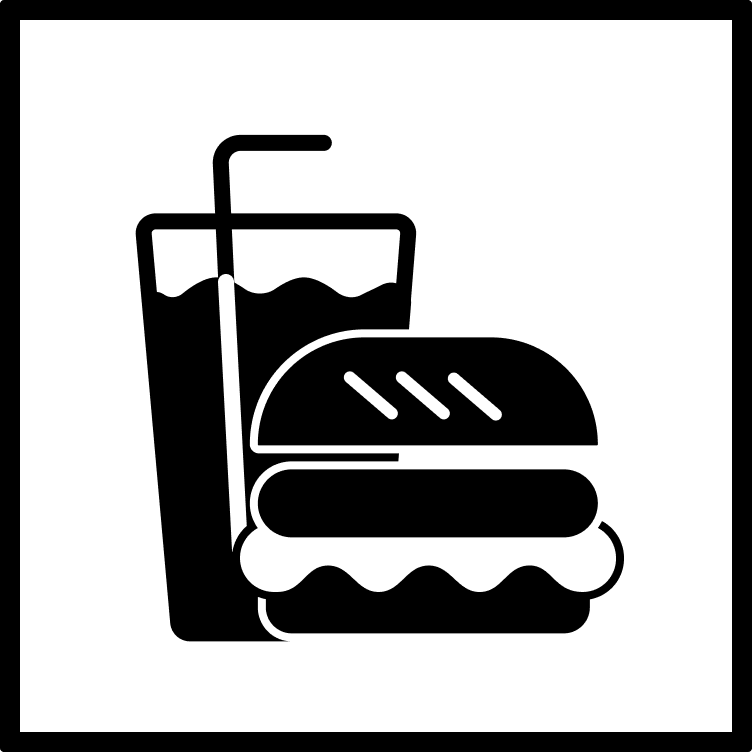
Snack Shack

Gear Rental
activities

Fishing

Snorkeling
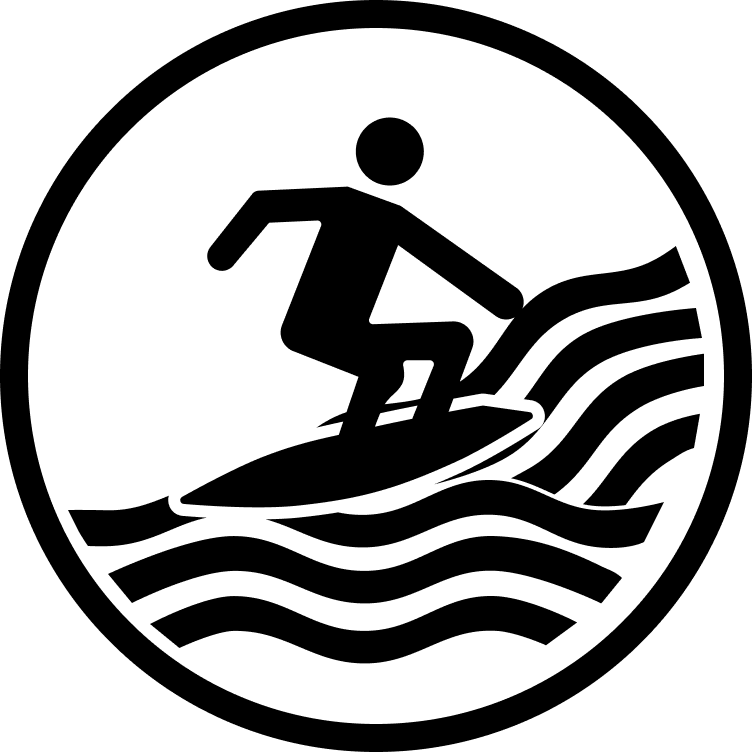
Surfing

Swimming
prohibitions

No Alcohol

No Camping

No Cliff Jumping

No Dogs

No Fire Pits

No Smoking
hazards
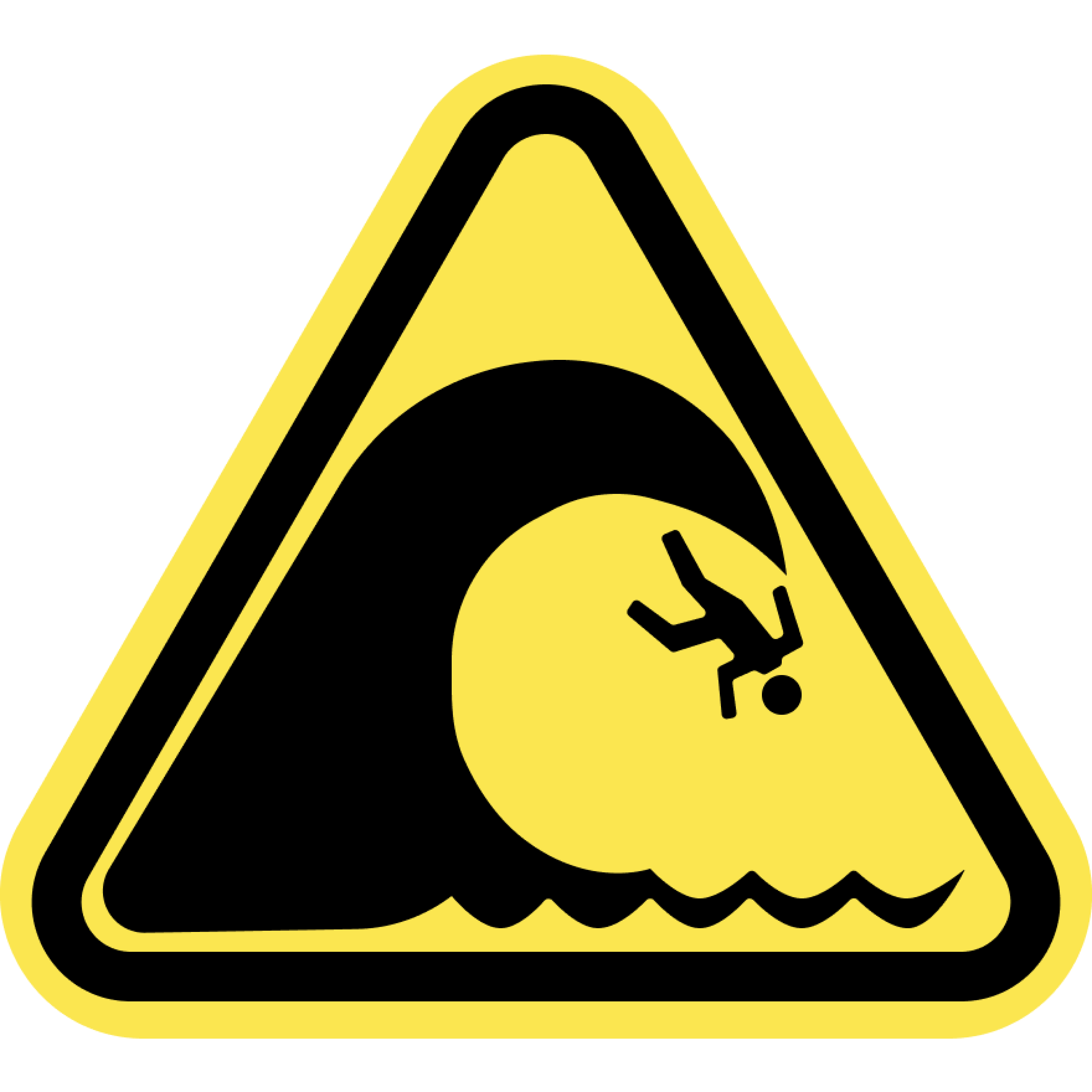
High Surf
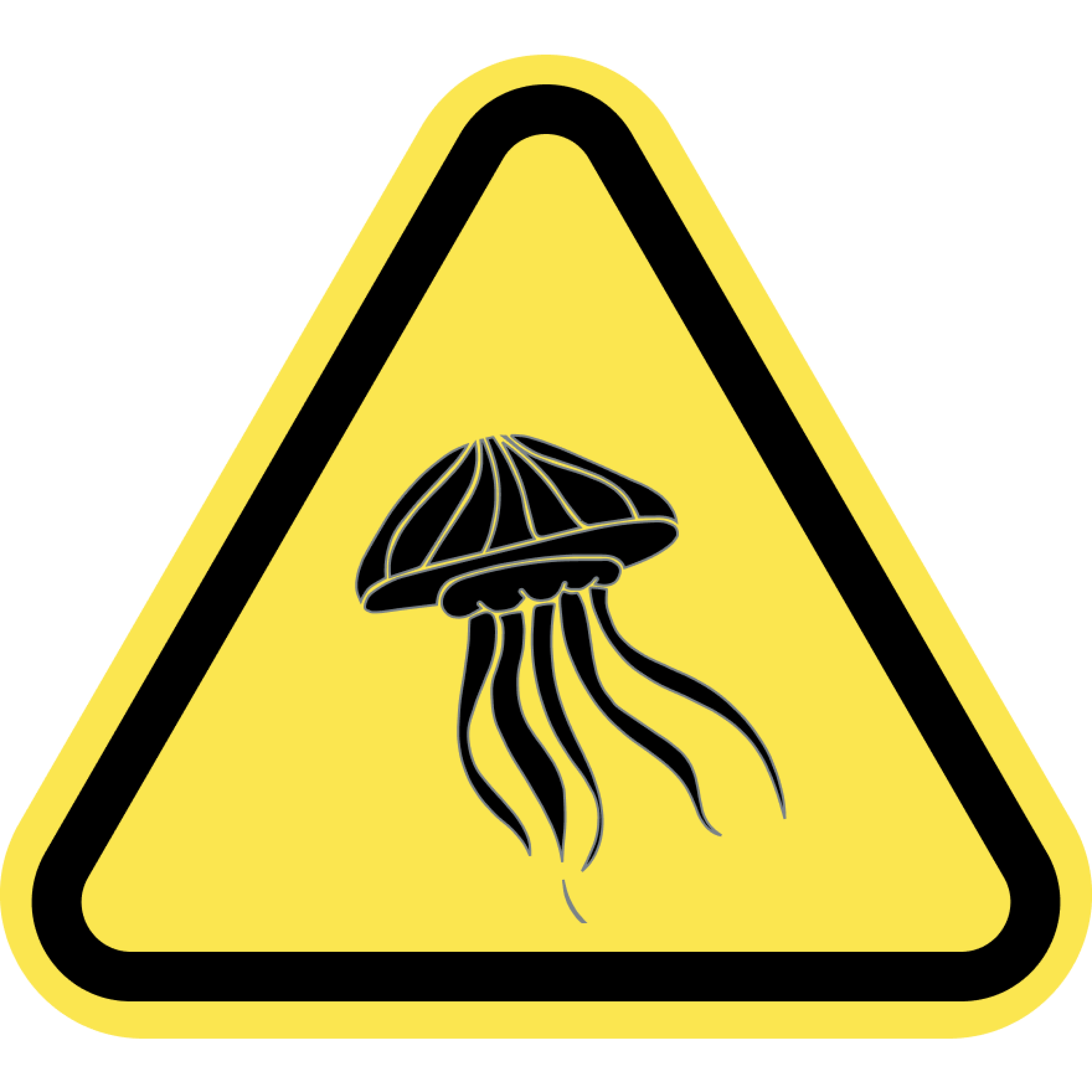
Jellyfish
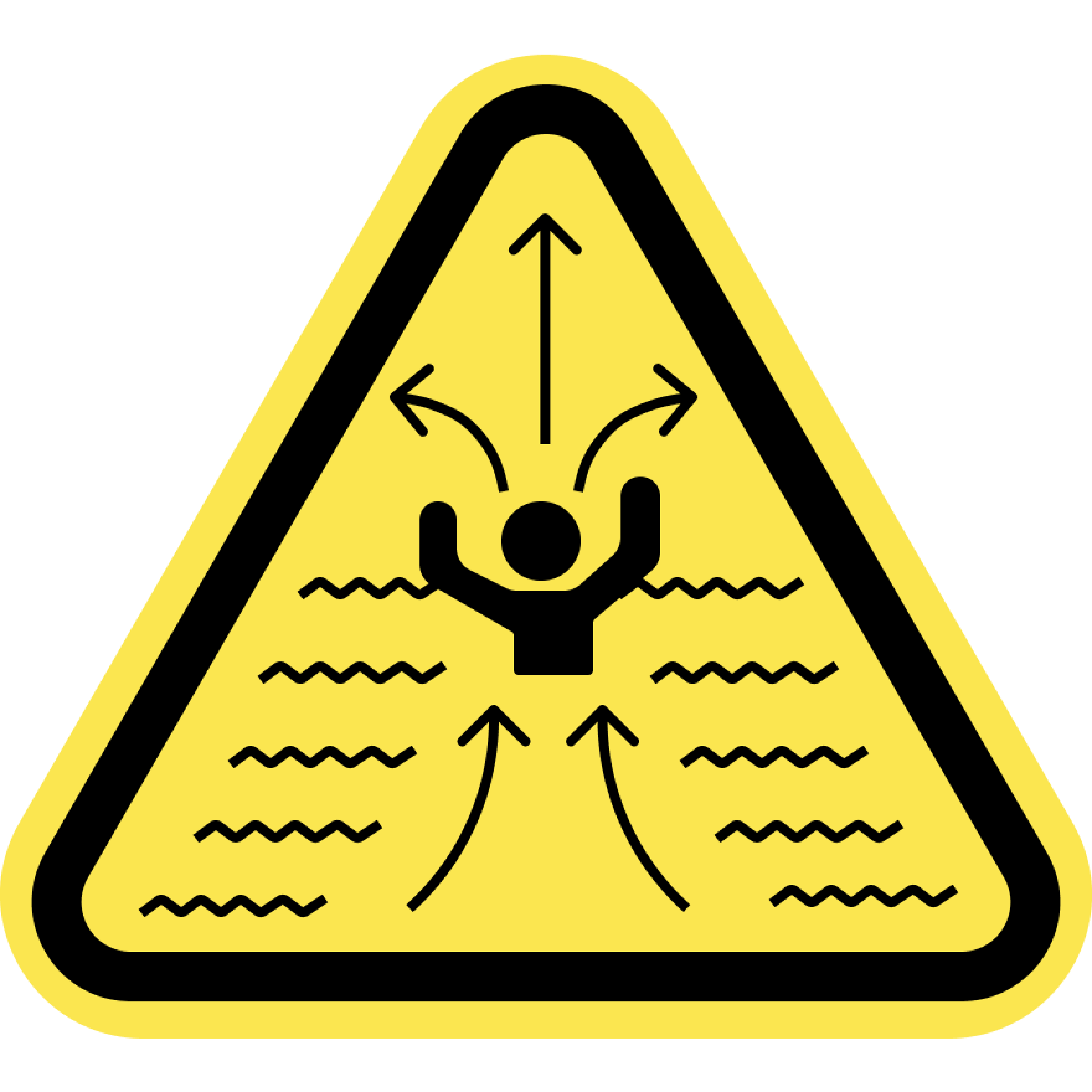
Rip Currents
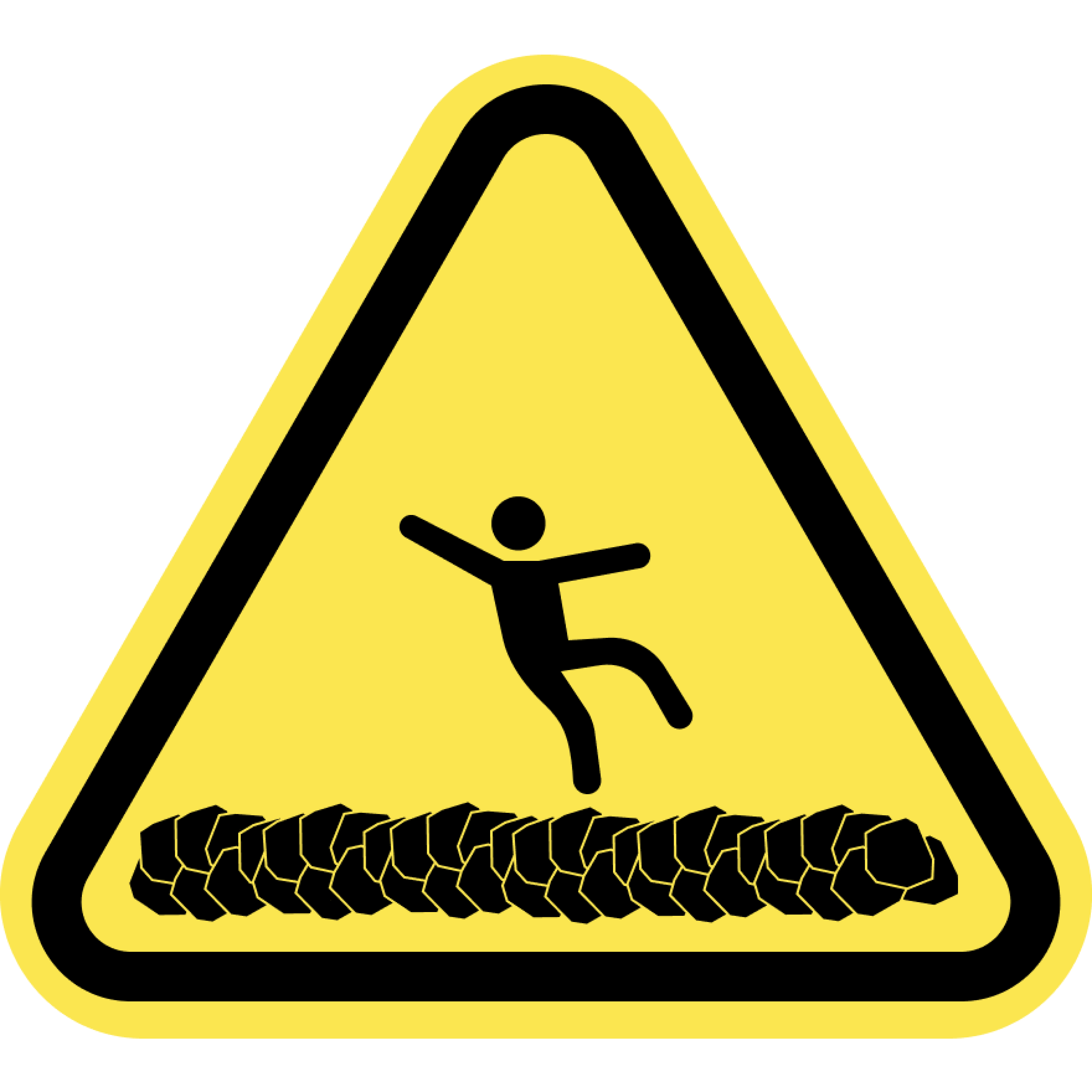
Slippery Rocks
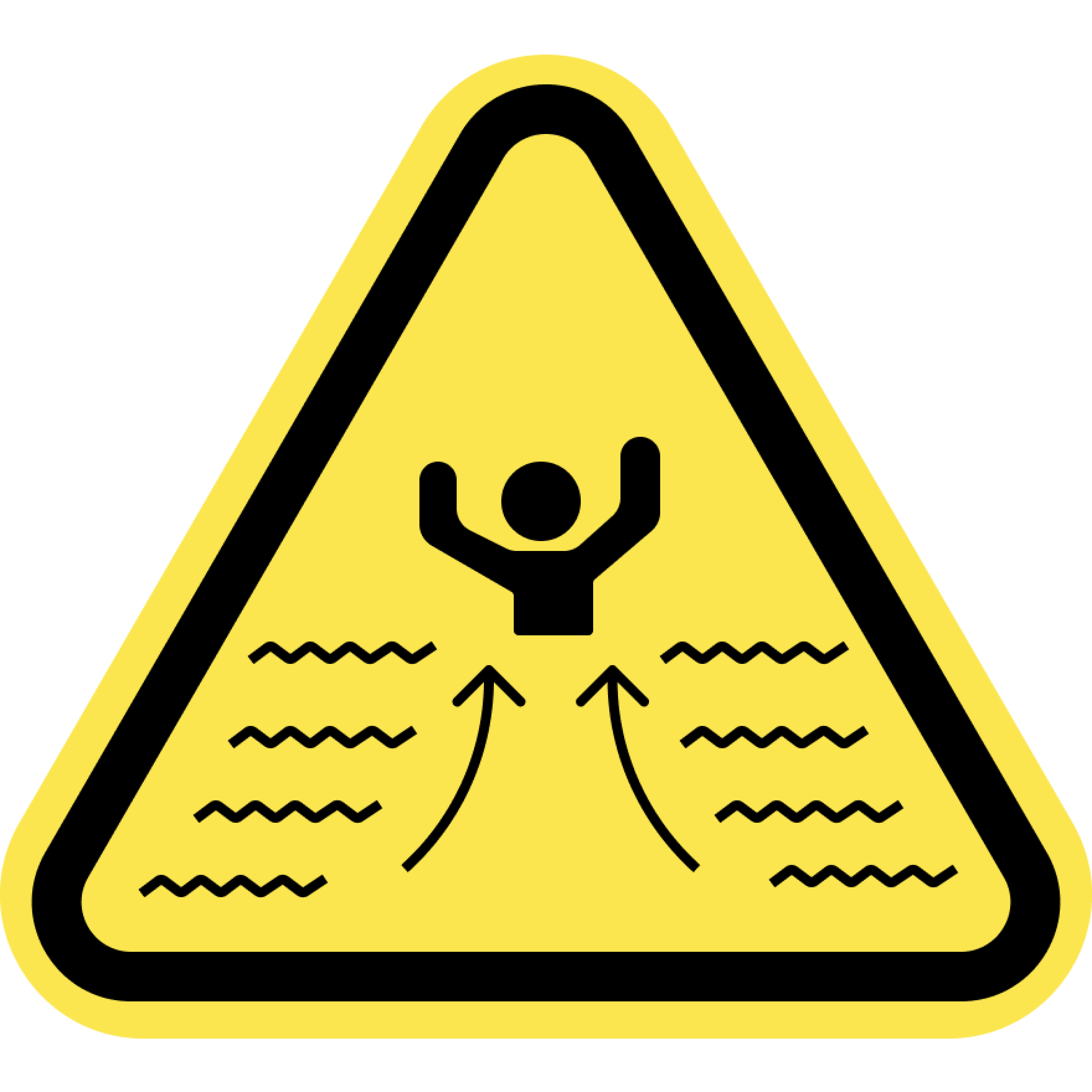
Strong Currents
Swim at your Own Risk
Beaches and oceans are dynamic natural environments. Crowd conditions, currents, waves, wild animals, and other water and beach conditions can rapidly change. The risks and conditions shown on this site are informational only and not always real-time. Actual conditions may differ. Lifeguards are not always on duty or available. Always remain aware of your surroundings and exercise due care for your own safety and the safety of others around you.
Always check for water warnings or check with a lifeguard before you swim.



